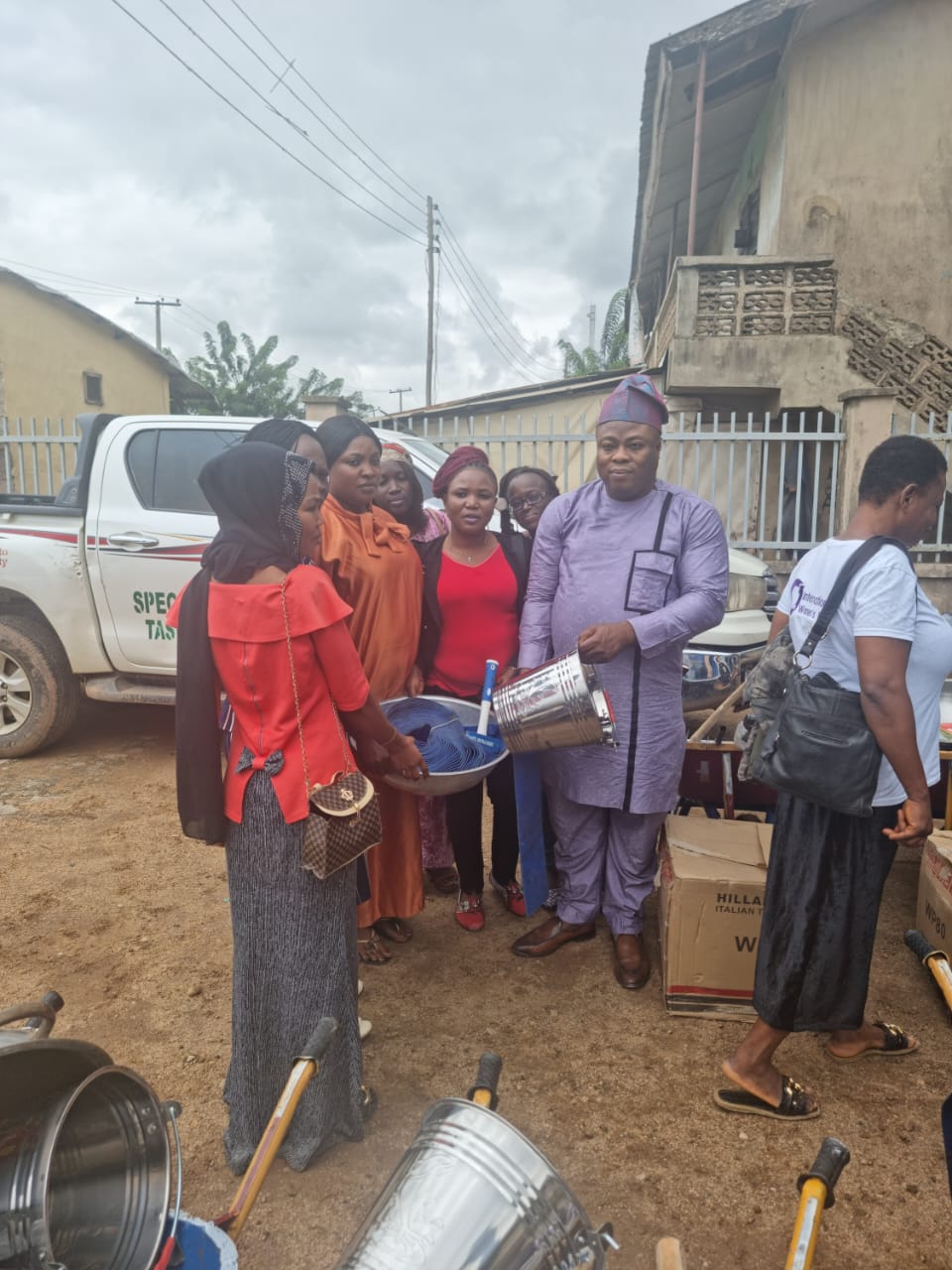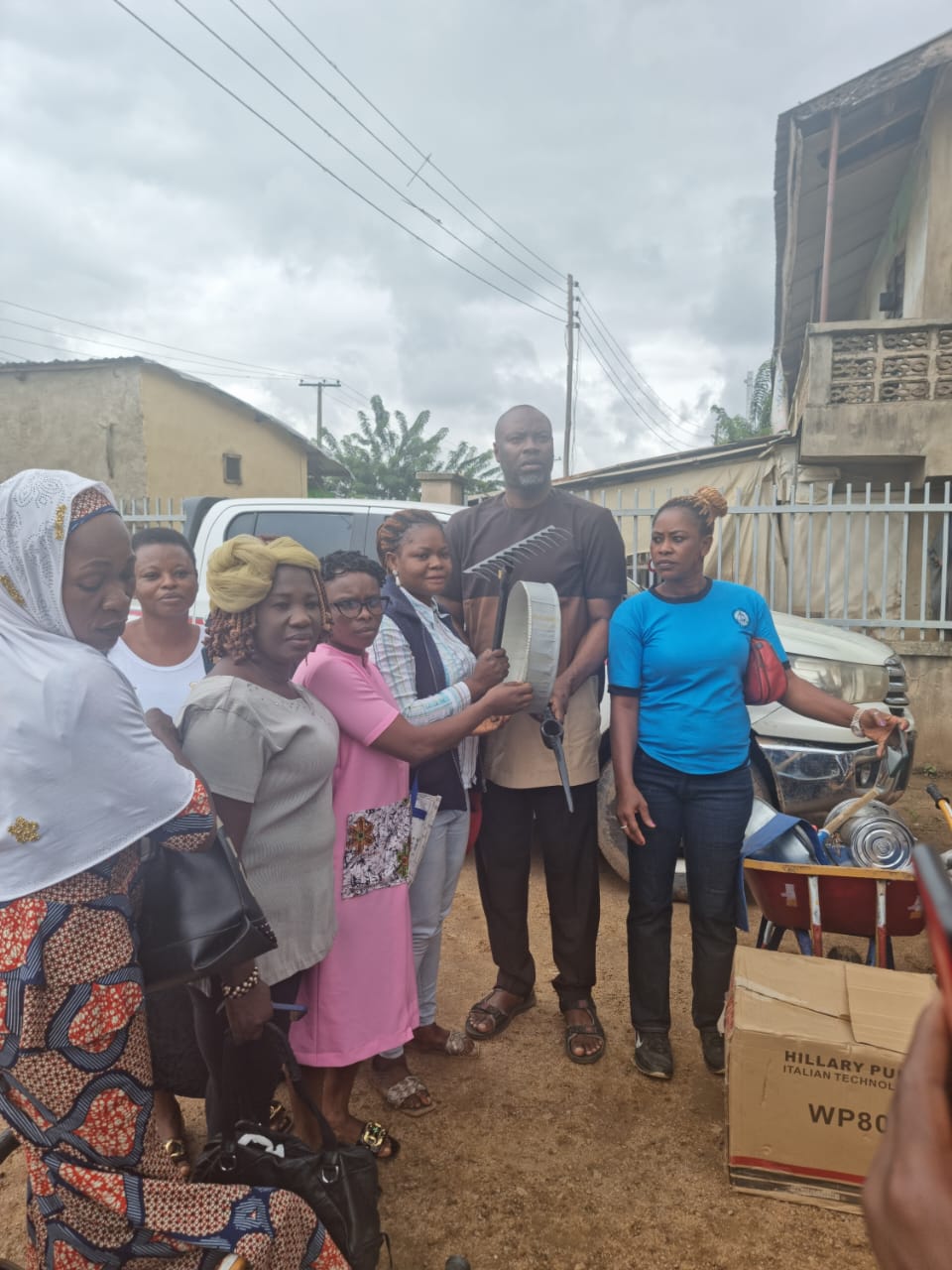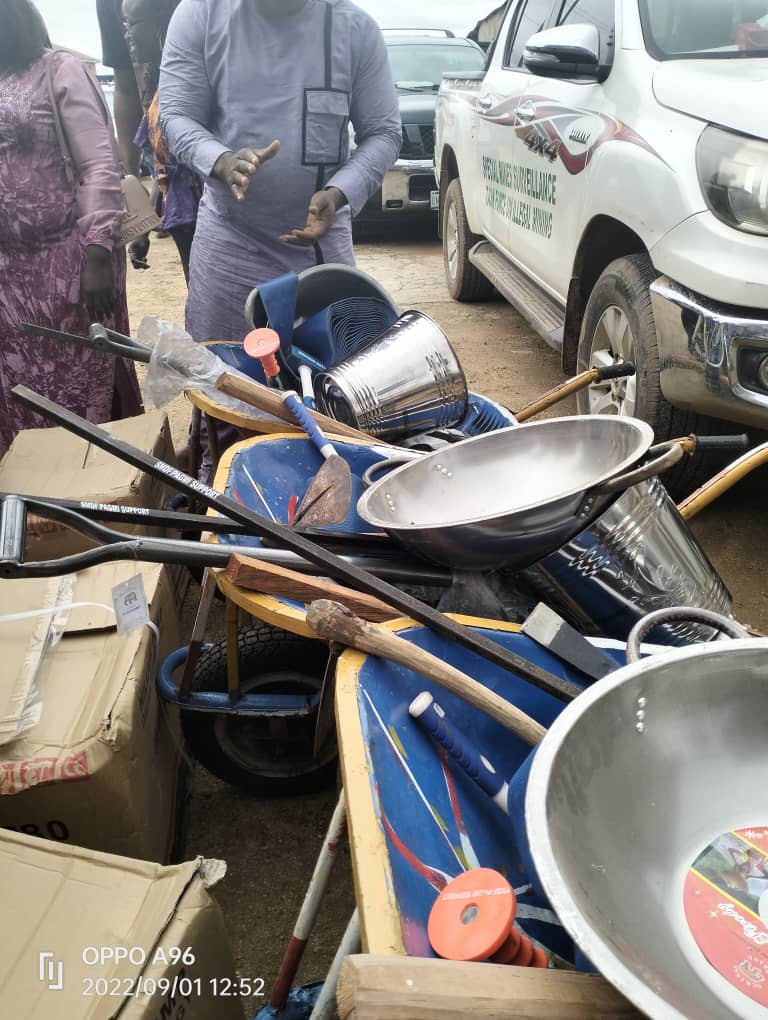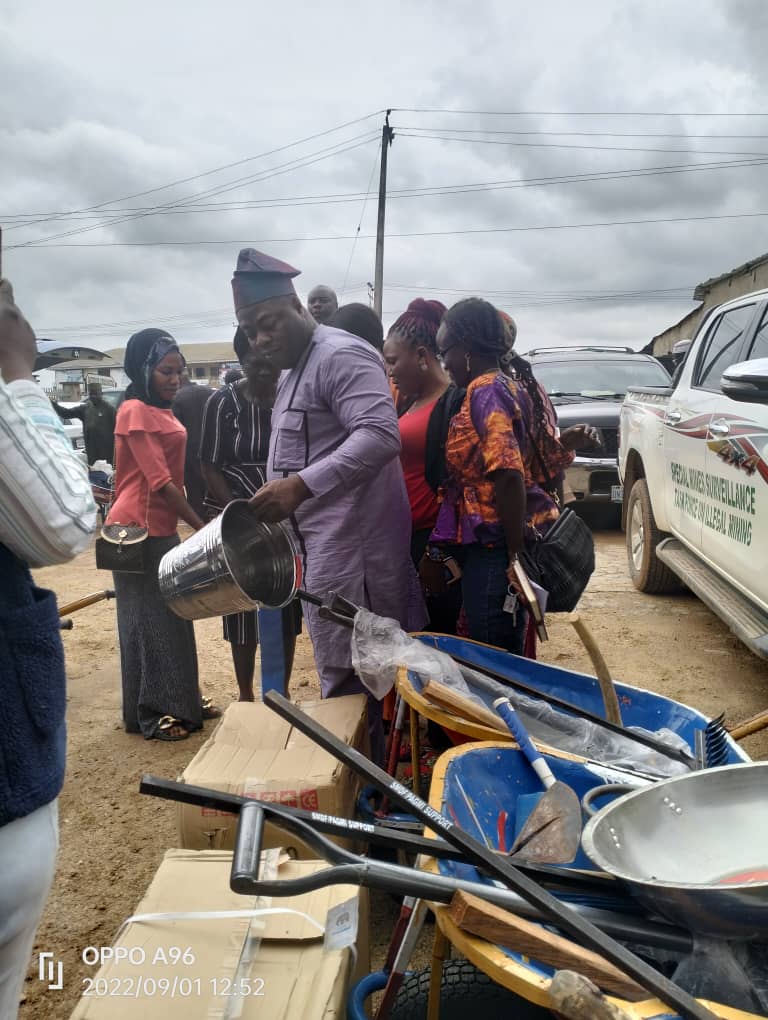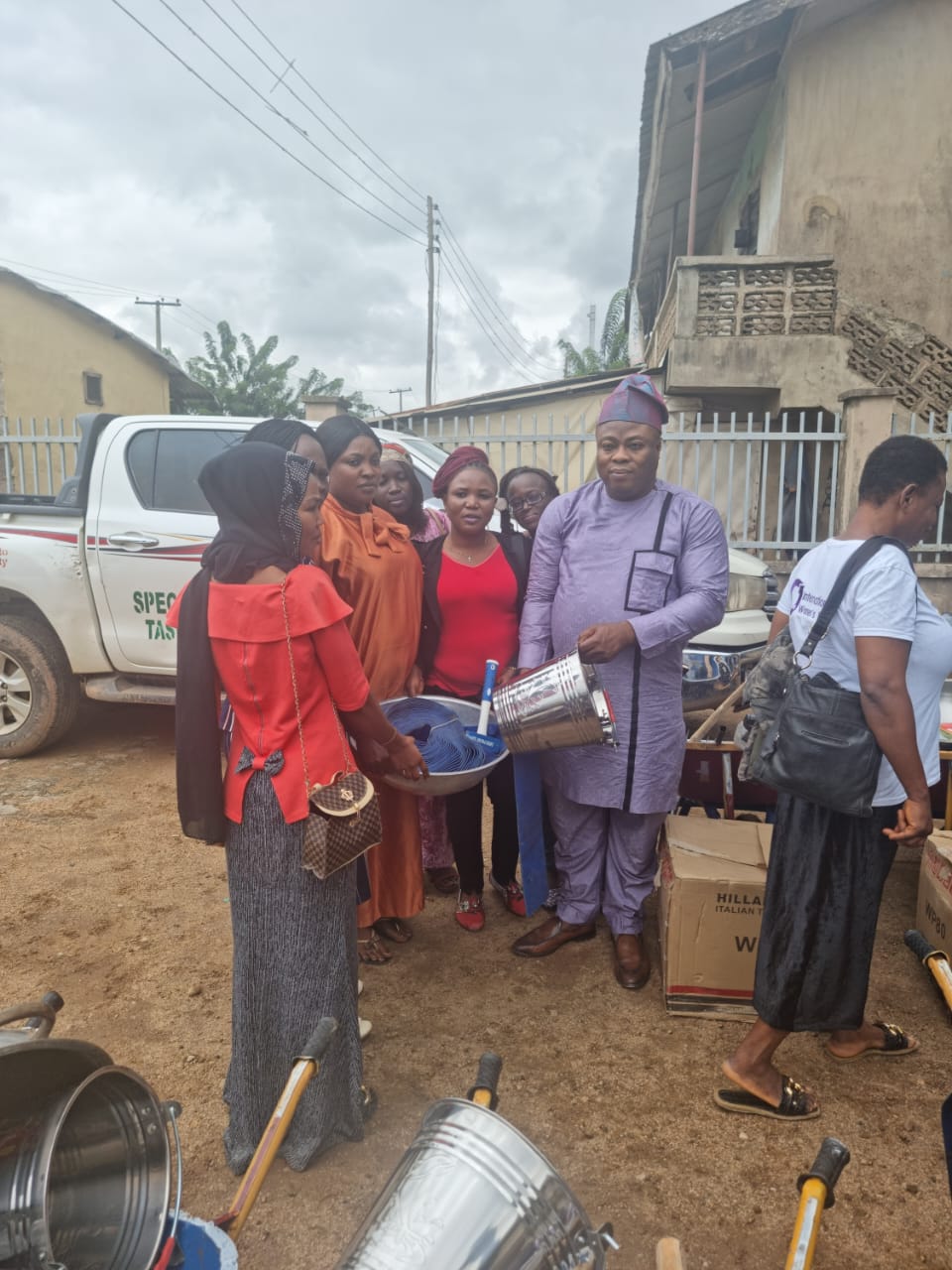
The Artisanal and Small-scale mining subsector makes up about 90% of solid mineral production in Nigeria, employing as many as 2 million people across the value chain. Through the rocky plains of the Plateau, the belt that runs through Komu and Sepeteri in Oyo state, the gold mines in Osun, Niger and Birnin Gwari in Kaduna State, the gemstone pits in Kabba, Kogi State, and deep in the eyes of sand scoopers in Lagos and the South East, lie a burgeoning industry requiring a catalyst for development.
Artisanal and small-scale mining is a practice that requires a lot of human labour and manpower and with little or no machinery. These operators are mostly disorganised and lacking formal mining education. They mainly scratch the surface as they lack the capacity to hit deep pockets of solid minerals and ores. Consequently, there has been a consensus among stakeholders in the sector to organise the ASM subsector, set them up in cooperatives, and equip them with the required tools to do mining better.
There seems to be a lot of attention accorded the sector by the government. A lot of engagements, conferences, events and discussions have been held in the last decade to chart a way forward for artisanal miners and small-scale operators in terms of skills acquisition, mechanisation, and funding to build capacity and enhance their output. While the blueprint and resolutions seem promising, they are yet to be met by concrete and transformational actions that can trigger a ripple effect on the overall sector.
On the part of the Ministry of Mines and Steel Development, a department of Artisanal and Small-scale mining exists to monitor and regulate the activities of operators within the bracket, as well as provide extension services, capacity and support where necessary. Working in collaboration with the World Bank-assisted Mineral Sector Support for Economic Diversification (MinDiver) programme, the department has recently embarked on a geomapping and formalisation exercise for effective data collection and planning and to block revenue leakages. The impact of that exercise is yet to be seen.
Just a few days ago, the Solid Minerals Development Fund (SMDF) distributed some items to artisanal miners in Osun state, including wheelbarrows, shovels, trowels, hoes, pans and buckets, among other items. While the intention is acknowledged, the effort leaves much to be desired. At a time when there's need to build capacity and equip these artisans for sustainable growth, the SMDF's decision to distribute these crude items to operators raises questions about direction and the long-term plan for the subsector.
At a time when established mining jurisdictions like Australia, Canada, South Africa, Chile, Bolivia, and several others are finalising the process of integrating the ASM into the formal sector and enhancing their capacity to mine, beneficiate and trade, Nigeria can do better than encourage mediocrity. Talks of equipment leasing, cluster support programmes, and human capacity development continue to linger with little or no actions to back them up. These are the steps that the country must take to make meaningful impact.
The Presidential Artisanal Gold Mining Development Initiative (PAGMI) is a commendable initiative to help provide ready support and market for artisanal gold miners in the country, but how well that programme will be sustained and expanded is left to be seen. Beyond PAGMI, organising the network from mines to industry vis-a-vis mines to market must become a priority so that artisanal miners can get their work's worth, while also ensuring that illegal foreign mineral merchants no longer have the freedom to cart these minerals away.
Just like it did with the National Integrated Mineral Exploration Project (NIMEP), the federal government needs to commit funds towards the development of artisanal mining in the country, in a manner that operators no longer have to depend on the government for shovels, hoes, buckets, and pans, but become huge contributors to the nation's revenue base. For as long as mining has existed in the country, ASM has been driven by poverty and opportunity, and not by professionalism, craftsmanship, industry and entrepreneurship. This cannot continue.
To be fair, the Solid Minerals Development Fund (SMDF) has done a decent job in its attempt to help the sector reach desired heights. Guided by the expertise, passion and experience of its Executive Secretary, Hajiya Fatima Shinkafi, the Fund has overseen a number of impressive projects and interventions. With more funding and capacity from government, a lot more can be achieved by the fund, and certainly beyond the distribution of crude implements to artisanal operators.
Programmes like cluster development in the six geopolitical zones, the ASM baseline studies, as well as identification, tagging and mapping exercises are laudable and must be accorded the right resources for sustainability and expansion. Whilst the struggle to attract junior operators and big players from foreign lands continue, and whilst we continue to celebrate the success of Thor Exploration in Osun state, there is need to take advantage of the low-hanging fruits, sanitize the local mines, empower artisanal miners, teach them the proper way to do mining, and make the sector attractive for investment.
